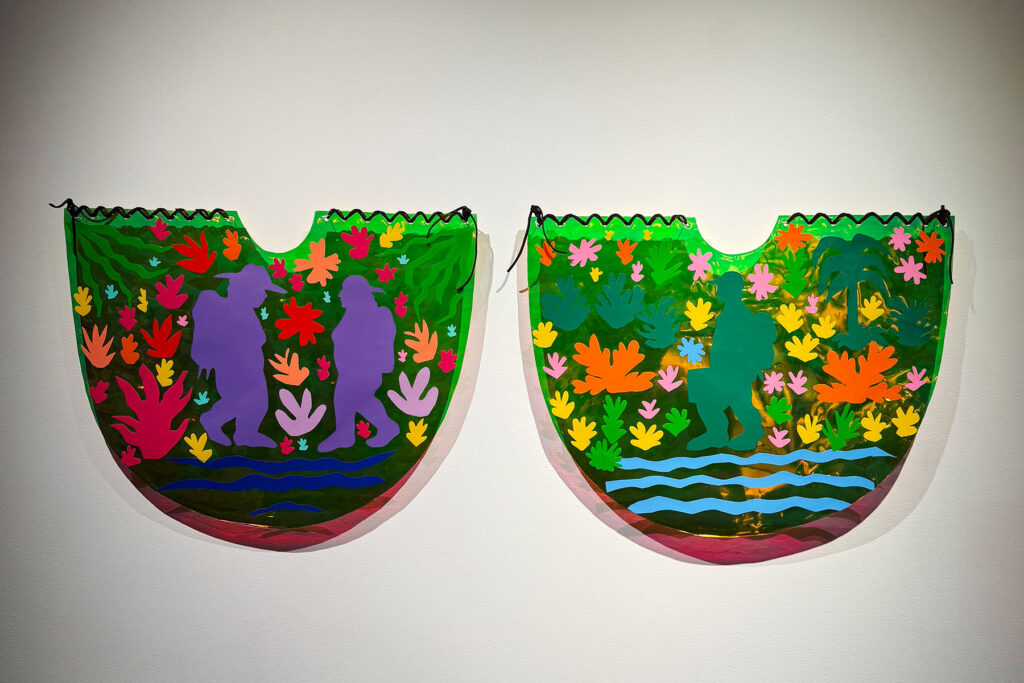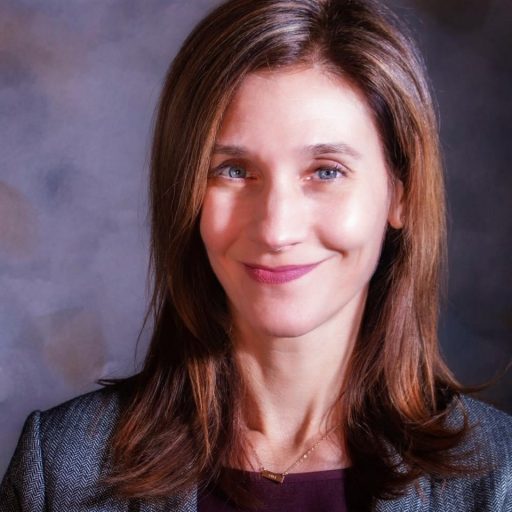By: Anna Prentiss

Kaylee Spencer, who joined Florida State University in August 2024, has stepped into her new role as director of the university’s Museum of Fine Arts (MoFA).
MoFA, the largest academic art museum in the Big Bend, is accredited by the American Alliance of Museums. The museum features 9,000 square feet of exhibition space and a permanent collection of more than 7,000 objects.
Spencer brings a strong background in art history, both in academia and community engagement. She taught at the University of Wisconsin-River Falls for 20 years, holding key leadership roles including assistant dean of the College of Arts and Sciences and chair of the Art Department, where she oversaw the university’s art gallery.
This spring, Spencer is co-curating “Conversaciones: Latin American Indigenous Art” with Michael Carrasco, associate dean of research for the College of Fine Arts and associate professor of art history. The exhibition will run from April 3 to Dec. 5.
“I am excited about my first show,” Spencer said. “This exhibition puts examples of ancient Andean art in conversation with works created by contemporary artists from various locations in South and Central America. In collaboration with the FSU Native American and Indigenous Studies Center, it aims to highlight the rich artistic traditions of Indigenous heritages.”
The exhibition will feature a range of artworks, including ancient Moche and Nasca ceramic objects and new contemporary acquisitions by Ana De Orbegoso and Nadín Ospina. Additionally, there will be rarely exhibited works from FSU’s collections of Maya textiles and ancient Andean ceramics, metalworks and other objects, highlighting continuity and transformation. By showcasing these works, the exhibition hopes to foster a deeper understanding and appreciation of the cultural heritage of Latin American Indigenous art and its ongoing resonance in contemporary art practices.
What brought you to Florida State University?
I am trained in art history and hold a doctorate in the field. My teaching experience in a studio art department has shaped a collaborative and engagement-focused approach to art history. This environment fostered a unique way of teaching art history, emphasizing exploration of the ways that art history can be adapted to support and enhance the careers of future studio artists.
Additionally, I held several administrative roles at UWRF that provided me with valuable insights into university operations and community engagement. I also served as a Chancellor’s administrative fellow, where I was deeply involved in fundraising efforts for a science and technology building, which involved working with leaders across campus, in local government, businesses and the community.
One of my recent projects involves working with a Los Angeles-based development company to plan a museum dedicated to Latin American art. This museum aims to explore how education and exploration of the rich cultural and artistic heritage of the diverse populations of Southern California can inform and inspire the future. These experiences have equipped me with a comprehensive understanding of both academic and administrative aspects of university operations, ultimately leading to my current role at Florida State University.
What are your research areas and focus as an art historian and curator?
My research primarily focuses on the ancient art of the Americas, particularly Mesoamerica, which includes regions like Mexico, Guatemala, and Belize. I specialize in ancient Maya art. This area of study is often new to many students, and I find it rewarding to introduce them to such complex and visually engaging artistic traditions that are oftentimes far outside of the realm of how they’ve been asked to think about iconography, space and meaning before. My approach to teaching emphasizes careful looking and understanding broader contexts, often involving interdisciplinary collaboration with archaeologists, anthropologists, epigraphers and museum professionals. In my research, I am interested in how architecture, public sculpture and portable art objects create environments that encourage certain ways of looking and moving. I like to consider how these aspects of site planning and object creation relate to collective memory and shared ideologies. In addition, I am interested in how these artistic traditions have been preserved and transformed over time, and how they continue to influence contemporary art practices in the region.
How do you plan to foster collaboration across different departments at FSU in your role at MoFA?
Fostering collaboration across different departments at FSU is a key priority for me. I plan to engage with various academic and cultural departments to create interdisciplinary exhibitions and programs that reflect the expertise and interests within our university. By connecting different disciplines and perspectives, we can enrich the museum’s educational mission and create a more vibrant and inclusive community.
I am excited about the opportunity to reach across different departments at FSU and engage with the community. My goal is to foster a collaborative environment that connects various disciplines and perspectives, enriching the museum’s educational mission. I am also looking forward to working on curricular engagement and community outreach initiatives to enhance the museum’s impact on both students and the broader community.
What has been an interesting thing you have noticed since arriving on campus?
The first thing I noticed was that the energy among the faculty, staff and students on the FSU campus is truly vibrant and infectious. There is a palpable buzz of excitement and enthusiasm that permeates the campus, driven by a passion for learning, creativity and community engagement. Whether through scholarly/academic pursuits, extracurricular activities, or social events, people at FSU are always eager to participate and make the most of their university experience. This dynamic atmosphere not only fosters a strong sense of community but also inspires everyone to strive for excellence and innovation in their respective fields.
The second thing that surprised me was the strength of FSU’s art collections. I knew the MoFA had an excellent collection before I applied for the position, but I was shocked and delighted to discover that there are pockets of incredible textiles, ceramics, and contemporary paintings housed in various departments and colleges across the university. I can’t wait to help tell the story of FSU’s extraordinary fine art collections.
What advice would you give to students and young professionals who are interested in pursuing a career in art history and museum curation?
Show up, let yourself be curious, and don’t be afraid to ask to be involved. Some of the most meaningful and career-defining moments in my life started simply because I asked if I could contribute to something. Initiative goes a long way — you never know where a single “yes” might lead.



